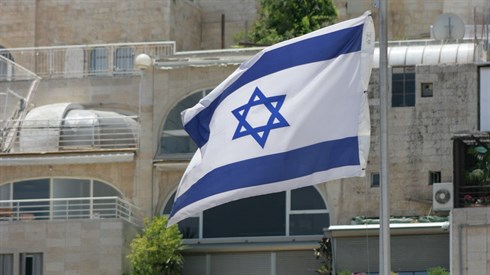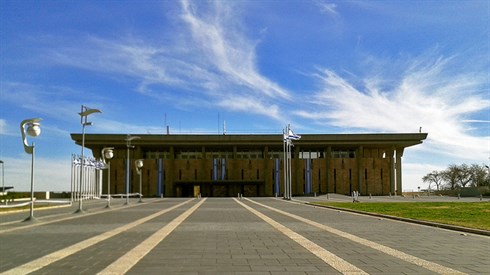299
Question
When a chatan and kallah, during sheva brachot week, attend someone else’s wedding, what do they do for their own sheva brachot at the end of the seudat mitzvah? Do 10 men not bentch with the baalei hasimchah and form a separate zimun for the chatan and kallah who are guests, in order that the guests may have their sheva brachot also?
Answer
Shalom,
Thank you for your interesting question. May we merit to have only joyful occasions to write about.
The Shulchan Aruch (Even HaEzer 62,3) writes about preforming two weddings together, and the Rema there concludes that this is not our custom, but we rather preform a separate Chuppah for each couple. However, he adds "After the wedding meal, if the couples ate at a joint wedding feast, we say the one set of sheva brachot for both couples together".
From here (and the Drisha ibid) it is clear that we can have one festive meal for more than one couple together. (And even though in the work of Tshuvot v'Hanagot of Rav Sternboch shiltah 1, 741, he writes that it is a greater joy to celebrate with each couple separately, and make a separate wedding meal for each couple – this is not from the letter of the law, and is dependent on the situation. In most cases the couple who married first will be happier if they get to attend the second wedding party and celebrate with everybody else).
So, in practice, they should say one set of Sheva Brachot after benching (grace) as they would for one couple. However, they should have in mind that they are saying them for both couples. This can be achieved by calling the other couple to come up and sit with the bride and groom at the main table for benching, and announcing to the guests that "we will now bench and say 7 brachot for the bride and groom – and for the newly married couple who got married just this week! Mazal Tov!".
The procedure with the cups is the same as a regular Sheva Brachot – with the two cups, from which both brides and grooms will drink. One does not double the cups or the brachot.
It would seem correct that some small measure of the celebration should be directed at the additional couple also. That is, during the dancing they should be placed together with the bride and groom (even if for only a short time). After all, it is their sheva brachot also. Or they can be mentioned in one of the wedding speeches (if there are to be speeches). But care must be taken that this not detract from the main simcha of the bride and groom of the wedding.
Again, Mazal Tov.

coffee creamer
Rabbi Ari Shvat | Adar 25, 5785

End Times
Rabbi Elchanan Lewis | 27 Tammuz 5765

Netilat yadaim after contact with blood
Rabbi Jonathan Blass | 13 Nisan 5766

Which Prophets did Israel kill?
Rabbi Ari Shvat | Adar 25, 5785

Shaving on postponed Yom Ha’atzmaut
Rabbi Yoel Lieberman | Iyyar 7, 5770

Shaving for Yom Haatzmaut
Rabbi Yoel Lieberman | Nisan 24, 5770

Yom Haatzmaut Prayers
Rabbi Chaim Tabasky | 30 Nisan 5765

Lashon hara/Slander about Tanach heroes
Rabbi Ari Shvat | Cheshvan 21, 5781

Follow up to "outdated Mitzvot", Sanhedrin, morality etc.
Rabbi Ari Shvat | Nisan 18, 5785

coffee creamer
Rabbi Ari Shvat | Adar 25, 5785

Havara- Sefaradic or Ashkenazic Pronunciation
Rabbi Ari Shvat | Nisan 17, 5785





